You don’t need to be an expert in diamonds to be an informed consumer.
While the art and science of the diamond trade has many intricacies, only a small part of it is relevant to any given purchase. This Diamonds 101 guide will provide a comprehensive overview of any terms you may encounter when researching your 8 carat diamond ring.
Diamond cut
Cut is quite possibly the most important factor in choosing a diamond. It affects everything from how much light is returned, to how white light is broken into a rainbow (fire), to how big a stone appears, to how much color a yellowish stone exhibits.
A good cut will make a diamond look bright and colorful; a poor cut can cause dullness or even large dark spots.
Cut grade refers specifically to the proportions of all the elements of a stone’s geometry (and the presence or absence of others), how symmetrical the geometry is, and how well it’s finished and polished. This is probably the longest page in our education section.
Diamond carat
“Carat” is a measure of the mass (different from “karat,” a measure of purity), equal to 0.2 grams. “Point” is another unit, equal to 0.01 carats, most often used for weighing side stones.
All other factors held constant, price increases exponentially with increased carat weight. “Magic Weights” like a nice round 8 carat result in a large spike in price. Undersize stones e.g. 7.8 carats cost noticeably less and won’t look any different, but are uncommon.
While a heavier stone will probably be bigger, this isn’t always the case. A wider stone will look bigger than a deeper stone of the same weight, so diamond cut is very important. Also, a stone that is twice as heavy will not appear twice as big. Stone width increases with the cube root of carat – in other words, in order to double the width of a stone, you need to increase the weight by a factor of eight (!). Our dedicated carat page includes, among other things, an interactive table of what we consider to be ideal dimensions of diamonds of different weights and shapes.
Diamond Color
White diamonds are graded on a scale of D-Z. The best grades are between D and F, where D is colorless and F is nearly colorless. Colorless stones are scarcer, and therefore more valuable.
Actually deciding on a color of stone, however, is not as simple as just looking at the grade letter.
A somewhat strange fact is that diamonds are graded for color when they’re facing down. Therefore, in real life, the way a diamond is cut has a significant effect on how the color shows.
Larger stones also tend to exhibit more color, particularly those with points e.g. the tip of a pear diamond or the corner of a princess cut.
Finally, if a diamond is set in a yellow gold setting, a lower color grade will not be noticeable next to the metal.
Fancy diamond colors
While 98% of jewelry grade diamonds are colorless or near colorless, a small percentage exhibit vivid colors. Yellow is the most common one, but others like pink, green, blue and black are possible – these are known as ‘fancy colors’. Grading labs will give grade them on color, overtone (tinge), and intensity (how deep the color is).
The yellowish tinge in white diamonds is due to nitrogen impurities. Fancy color stones, on the other hand, get their color from combinations of other elements (like boron) and their atomic crystal structure. For example, the deepest yellows, oranges and reds are commonly due to holes in the crystal structure about 40 atoms in size. When you see a diamond labeled as type IIa, this crystal structure is what the designation refers to.
Diamond fluorescence
Fluorescence is when a material (in our case, diamond) glows when exposed to UV light. Fluorescence is uncommon, but if it’s present, it will usually be blue. Other colors like green are possible, but are quite rare. The only place in everyday life when a diamond will fluoresce is in direct sunlight. Indoor lighting tends to not emit much UV light because it’s a waste of energy.
Fluorescence can be a blessing or a curse depending on the situation. Blue fluorescence can make an off-white stone appear whiter (blue light mixed with yellow light results in white light). Whiter stones may glow a bit blue in direct sunlight, but some people like the aesthetic. On the other hand, strongly fluorescent stones can theoretically appear cloudy or milky, but we are of the opinion that such concerns are overblown. We’ve sold quite a few strongly fluorescent stones and we haven’t had issues. As a result of this decreased demand, fluorescent stones tend to be priced 10-20% lower.
Diamond scopes
ASET, IdealScope, and Hearts & Arrows scopes are all tools used to analyze the way diamonds refract light. Interpreting a scope image is not as straightforward as other properties, but we have plenty of resources to get you started. Note that while ASETs and IdealScopes can be used to analyze any shape, Hearts & Arrows scopes are only useful for round diamonds.

